There are numerous unknowns about the Hitchcock House in Lewis, Iowa, that lend it an air of mystery. The one certainty is that the country home was indeed a stop on the Underground Railroad.
Taking a tour won’t solve all of Hitchcock House’s mysteries for you, but it may set you on the path of a history detective to learn more about this National Historic Landmark.
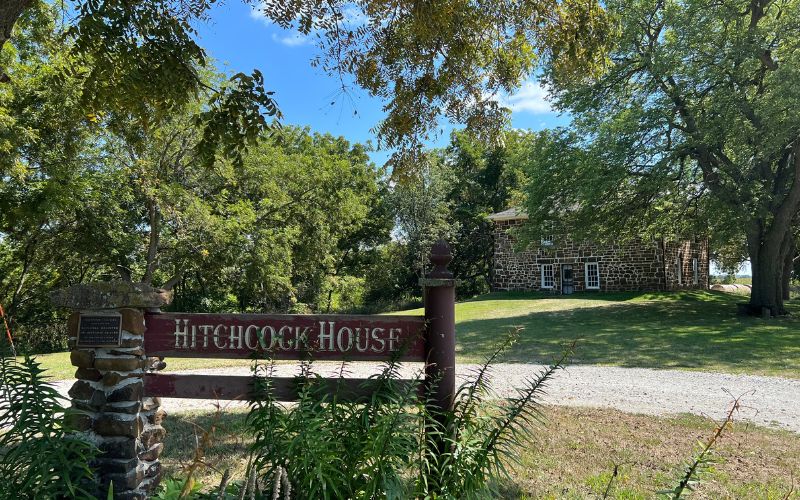
Iowa and the Underground Railroad
Before diving into Hitchcock House lore, it’s best to start with a broader picture. The Underground Railroad was route to freedom for slaves in the 19th century. Along the route headed north to Canada was a secret network of safe houses, the “stops” on the Underground Railroad.
The route was not without dangers, and it was common to have more than one safe home in a county in case one was might have drawn suspicion. Hitchcock House wasn’t the only safe house in Iowa.
Those who helped escaping slaves were aware of the risks for the slaves and themselves. They devised stealth ways to move slaves along the route with false bottoms on wagons, disguises, and quilts and other secret messages conveyed through ordinary items.
Who was Reverend Hitchcock?
The Rev. George B. Hitchcock came to Iowa in 1853 on a mission to start preaching in the area. He rode horseback to five counties to give his sermons. He was once said to be a “fire and brimstone pastor who didn’t know when to shut up.”
Maybe he wasn’t everyone’s cup of tea. But he took part in incredibly dangerous activities in order to help escaping slaves reach freedom: He built a house that became a stop in the Underground Railroad in Iowa.
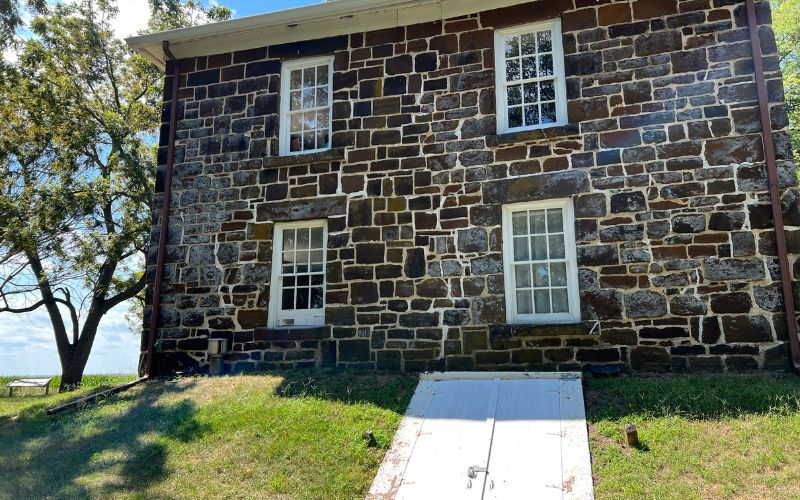
His house was built to face a portion of the Mormon Trail road. It has two stories with a dirt-floor basement that remains today. Beyond that, not much is known the pre-Civil War home.
Unfortunately, the house sat in considerable disrepair for decades with no caretaker. Our tour guide, Sandy, explained that the home was purchased the land the home sat on in 1964, with the express purpose of saving the home.
In the meantime, the site became a popular place for parties. The exterior bares the brunt of mistreatment, with names and dates carved into the sandstone by vandals.
It was sold as conservation land eventually. Restoration, however, did not begin until the early 1980s. The roof needed to be replaced. Many original parts remain, like the stair tread upstairs.
What are the unanswered questions of Hitchcock House?
For obvious reasons — everything being clandestine and all — no records of who passed through the Hitchcock House exist. So, we don’t know how many people stayed at the home for a night or two.
Even more mundane things about the house are unknown. What each room in the house was used for, for instance. Preservationists made the best attempt to determine what each room’s purpose was, but no one knows for sure. Scars on basement walls hint at where doors may have been moved.
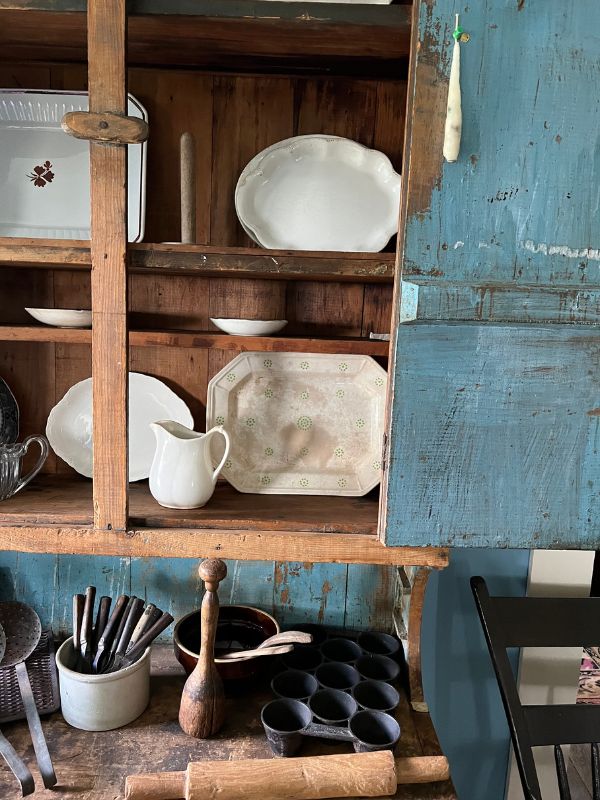
The basement is perhaps the most intriguing space on the tour, but a lot is known about it. But there’s no mistaking its significance. One previous tour guest had remarked to our guide, “I can touch where they touched.”
Indeed, we walked over the same dirt they walked over. There were no attempts to update the basement at any point so it remains a dirt floor as it was in the beginning.
What is known about the basement as an Underground Railroad stop is that people used the outside basement door. There is “the secret room” down there, which Hitchcock had called a fruit cupboard.
Our guide Sandy explained that people have speculated how the secret room was kept secret. People might have crawled behind a potato bin blocking the doorway. Or, perhaps there was a Lazy Susan-type doorway? Who knows?
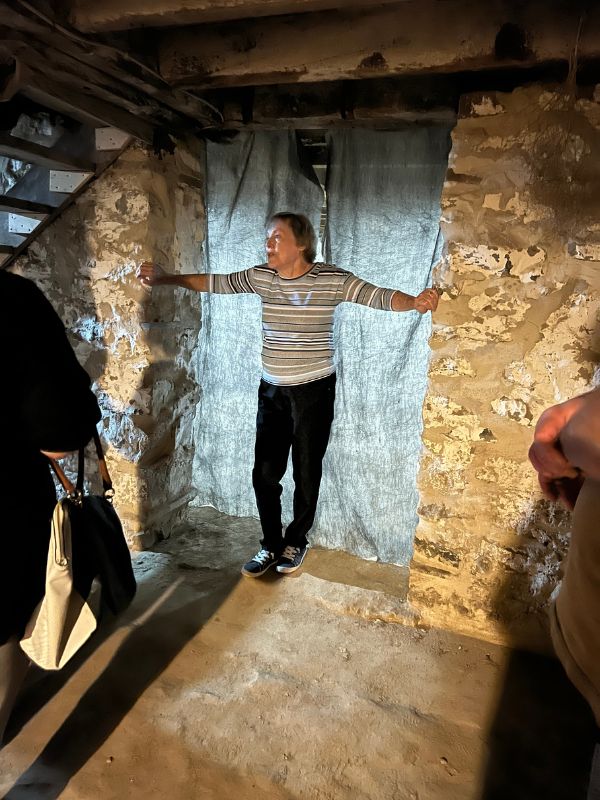
What can you see on the tour?
Even with the unknowns of the home, the one-hour tour is fascinating for history lovers. The tour starts on the ground floor where you see the kitchen and dining rooms, as well as the formal parlor and a room believed to be a convalescent room.
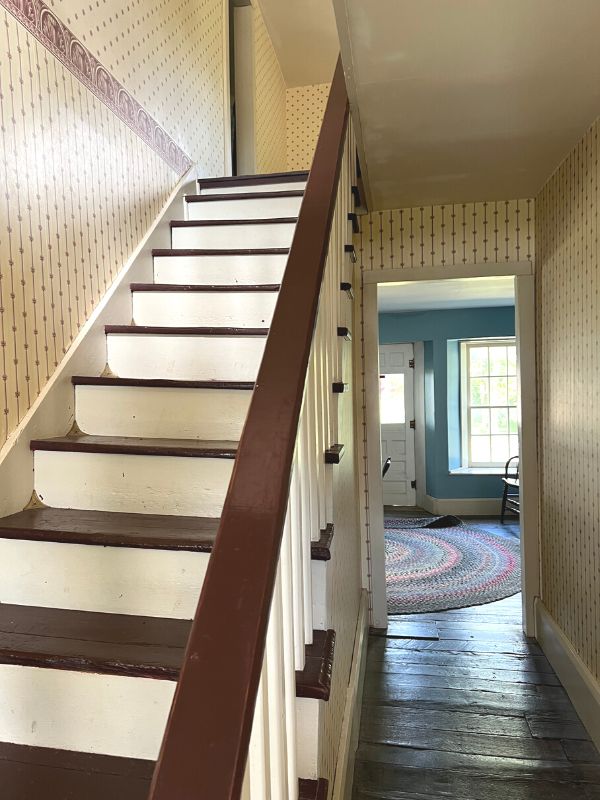
The original stair tread remains on the stairs you take to go upstairs. The tour finishes in the basement and then a walk around to view the home from the exterior.
Most furniture in the house is from the era when Rev. Hitchcock occupied it, though they aren’t original furnishings from him or his family. Beds upstairs where fashioned like they would’ve been during this era, such as an 1845 rope bed.
Tip: The phrase “sleep tight” came from the rope beds needing to be tightened over time due to the weight loosening the hold.
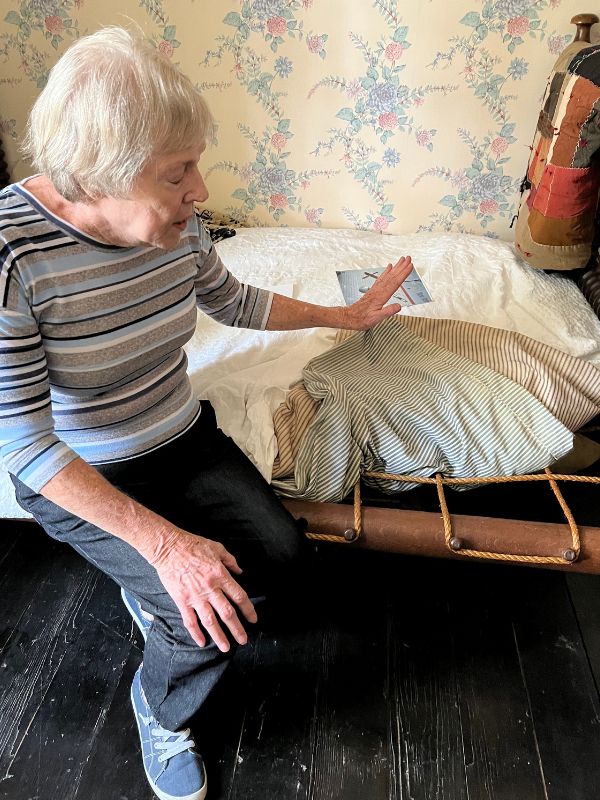
Instead, many items were donated by neighbors, like a tool box and hat. Other items were found through careful research to match up the likelihood it could have been used in the same house. There was a handmade wardrobe in one of the rooms upstairs, and our guide explained how they were used in place of having a closet due to a tax on them.
Once in the basement, the tour group enters the secret room, which has a bed, chair and desk in the space. There would not have been light in the basement when hiding runaways, and our guide gave us a glimpse of how dark it could get down there.
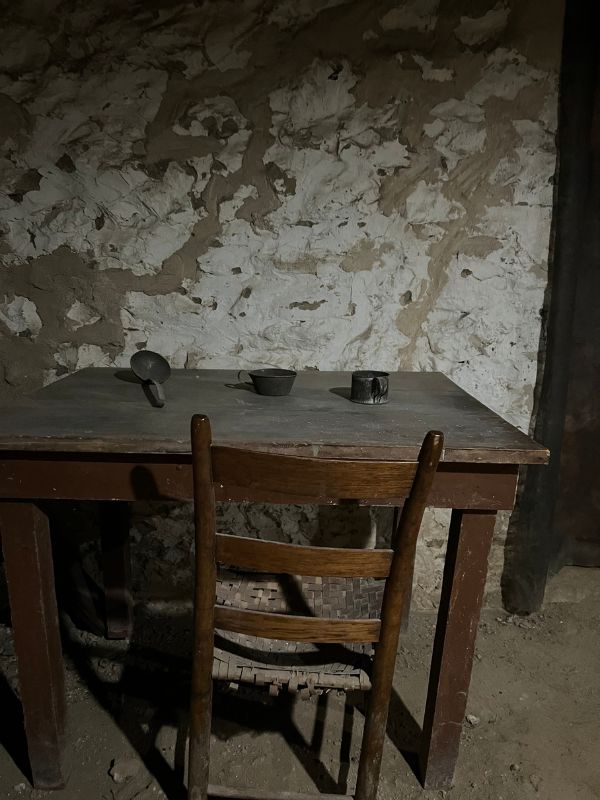
With a quick flip of a switch, we were standing in pitch black space. It was unsettling.
Is a tour of an Underground Railroad stop intended for kids?
Yes, it is appropriate for kids of a certain age. I would have taken my fifth- and seventh-grade kids with me on this tour, had they not been in school.
Area fourth-graders have field trips to the Hitchcock House. So, I’d say that’s a good age group to start with.
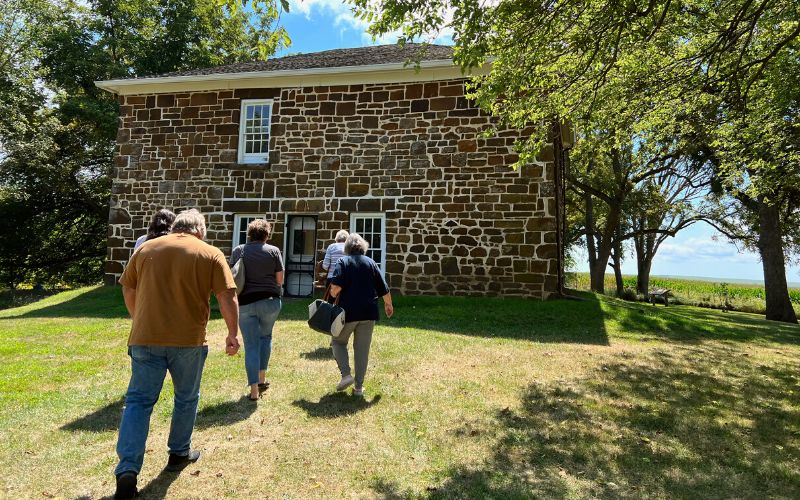
The tour is fairly lengthy for younger kids, though, and if they haven’t learned about that time in history yet, it may not have the impact if you were to wait a few more years to take them here.
Adults are definitely the intended audience for the public tours, though. Not that anything is inappropriate or scary, it’s just not exactly hands-on and geared for kids, that’s all.